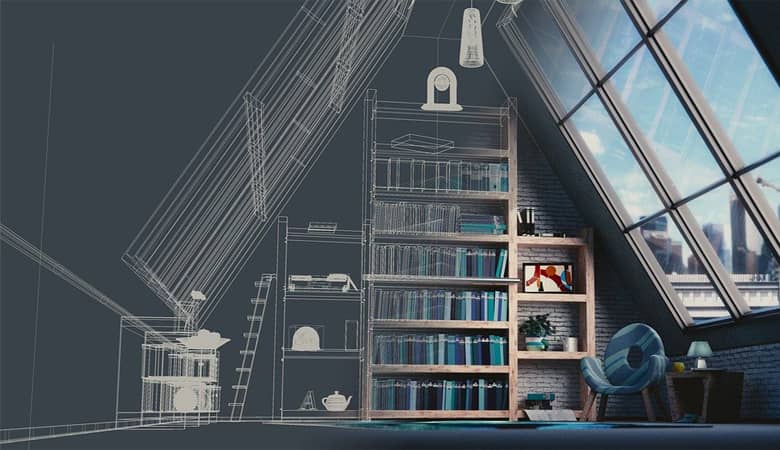How To Choose The Right Software Architecture

When creating a software system , one of the first and most important decisions you’ll make is what architecture to use. There are many different architectures to choose from, each with its own strengths and weaknesses. So which one should you pick? This article will help you decide.
Define the business requirements
Evaluate the trade-offs: Once you’ve identified a few possible architectures, it’s time to evaluate the trade-offs. Each architecture has its benefits and drawbacks. For example, a monolithic architecture is easy to develop and deploy, but it’s difficult to scale. Microservices architecture is more scalable, but it’s also more complex.
Choose the right architecture: After evaluating the trade-offs, you should have a good idea of which architecture is right for your system. If you’re not sure, it’s okay to experiment. Try out a few different architectures and see which one works best for your needs.
Change is inevitable: Keep in mind that architectures are not static. As your system grows and changes, you may need to modify or even completely replace your original architecture. Be prepared for change and don’t be afraid to experiment. The right architecture for your system will evolve.
Make a decision and implement it
Once you’ve chosen architecture, it’s time to get started. Implement the architecture and start building your system.
Review and adjust as needed: As you develop your system, keep an eye on how it’s performing. If you find that your architecture is not meeting your needs, make changes as necessary.
There is no one “right” software architecture. The best architecture for your system will depend on your specific requirements. By taking the time to evaluate your options and choose the right architecture for your needs, you can set your system up for success.
Defining the business requirements is the first step in choosing the right software architecture. You need to understand what the system needs to do and what it needs to be able to handle. Once you have a clear understanding of the requirements, you can start evaluating the different architectures.
When evaluating the trade-offs, it’s important to consider both the benefits and drawbacks of each architecture. For example, a monolithic architecture is easy to develop and deploy, but it’s difficult to scale. Microservices architecture is more scalable, but it’s also more complex.





